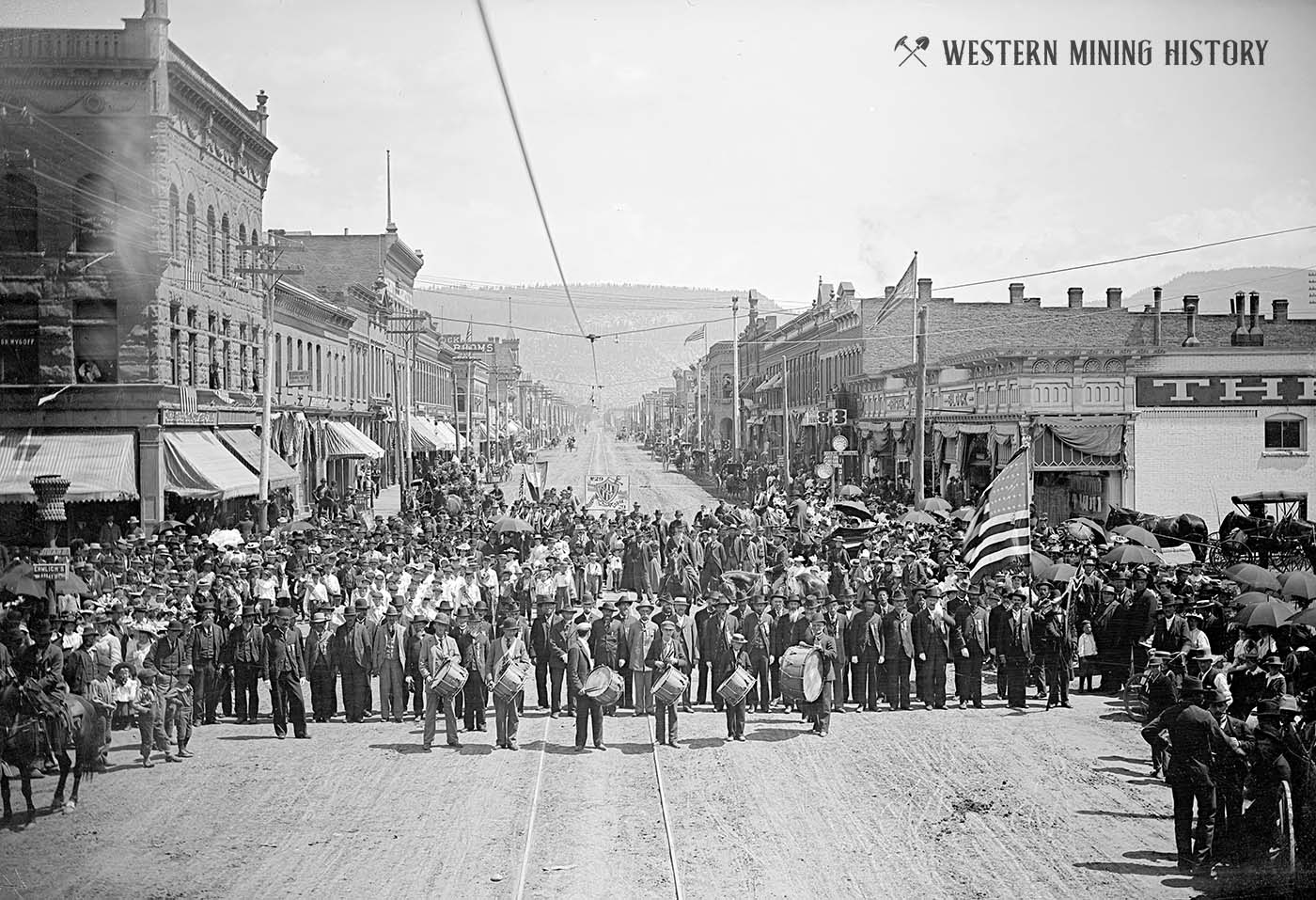Durango History
By Jan MacKell Collins
Some twenty years before the city of Durango was founded in La Plata County, miners had been scrambling around the Animas Valley, searching for gold in silver in what became known as the San Juan Mining District. It was not until 1880, with the coming of the Denver and Rio Grande Railroad (D&RG), that someone thought the area would make the great location for a prominent city.
There was already an early settlement, Animas City, in place – although one could hardly call the fledgling camp a “city.” The area around it was rich with gold and other valuable metals, and farming was good.
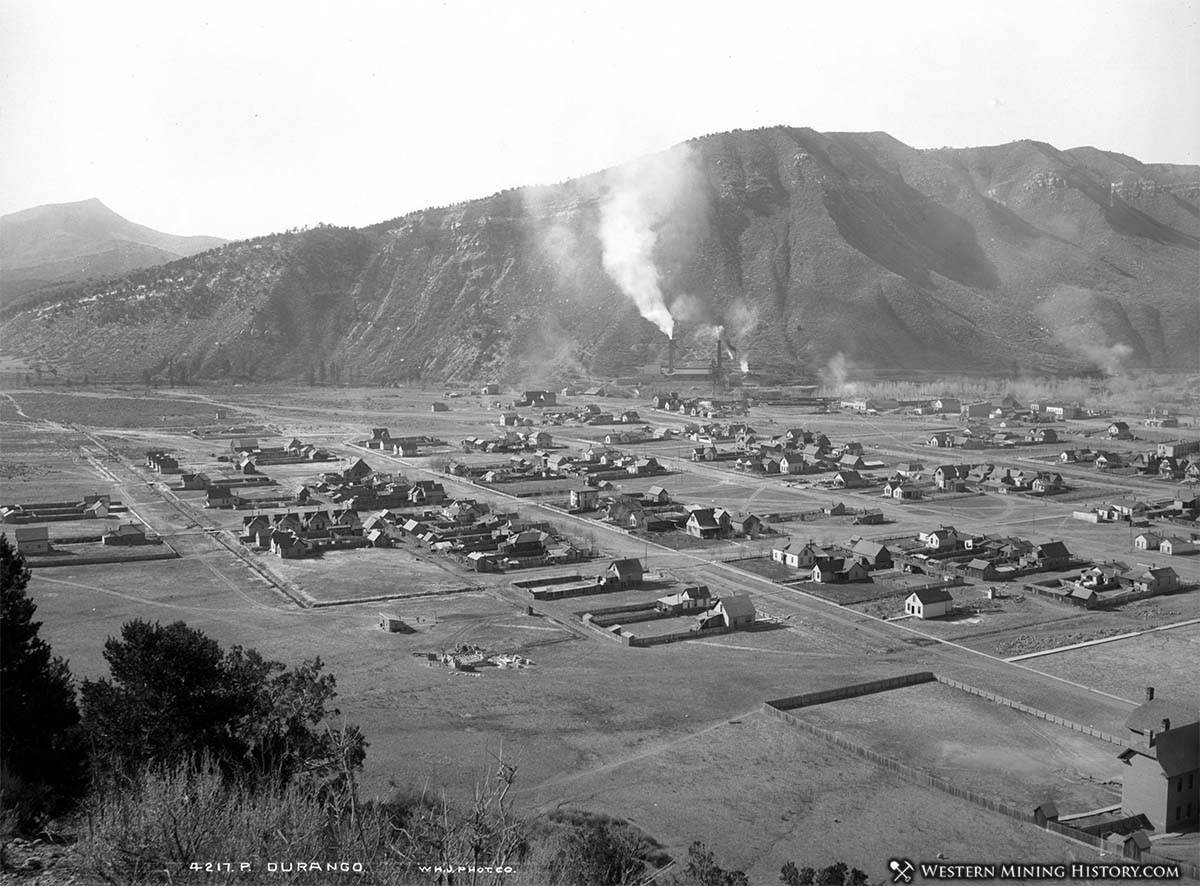
The trouble was, the people of Animas City had long struggled for their foothold as a ranching and mining community. They saw the D&RG as some big brother, trying to muscle in and take over things. In truth, the coming of the railroad would have done Animas City much good, but the town’s officials flat-out refused to work with the railroad. The D&RG acquiesced, rerouted its tracks two miles south, and established an all-new town along the Animas River.
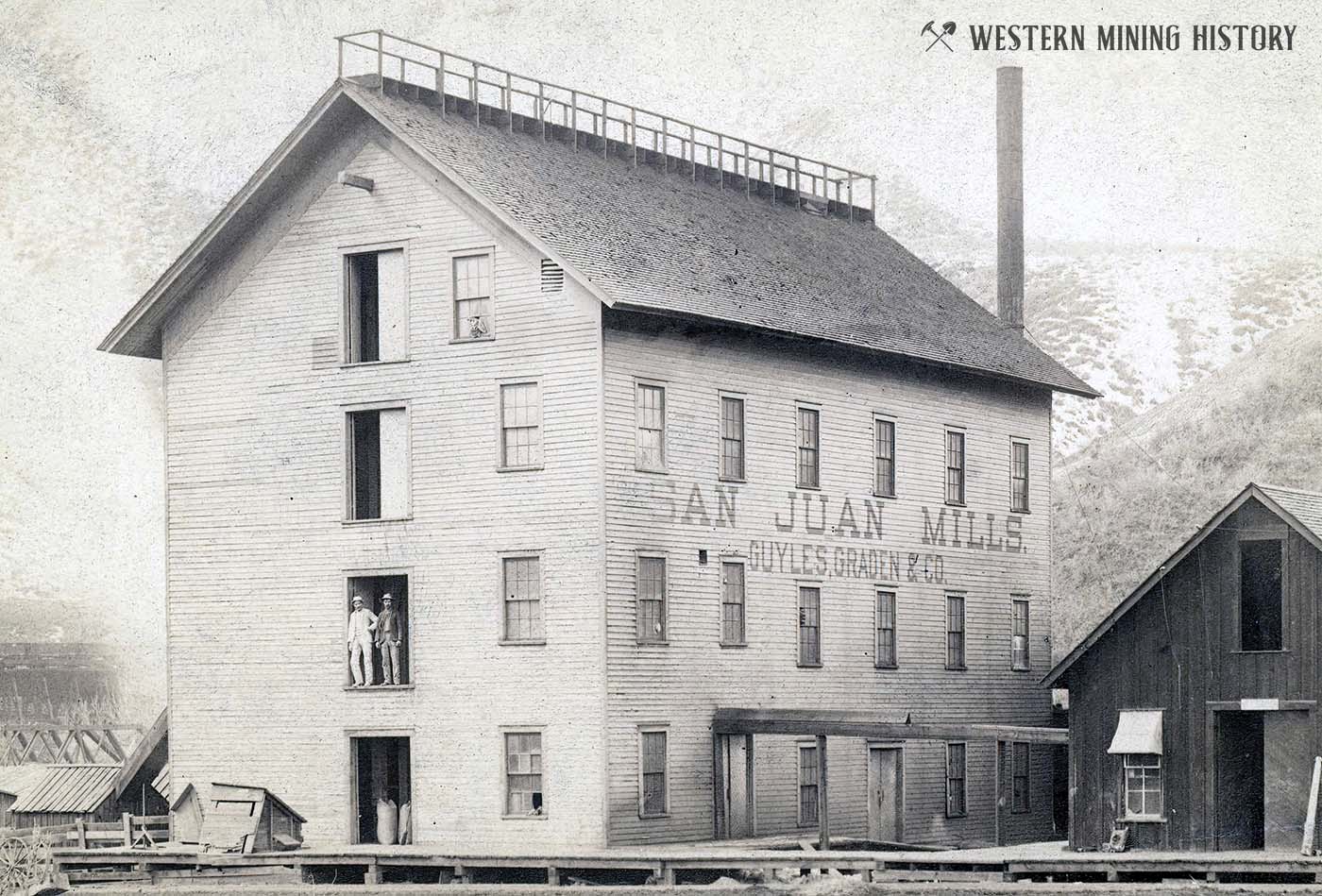
The winters were mild and the summers were warm. The high desert altitude, combined with majestic views of the nearby La Plata Mountains and the even higher San Juan Mountains, made the the perfect setting for miners and other settlers.
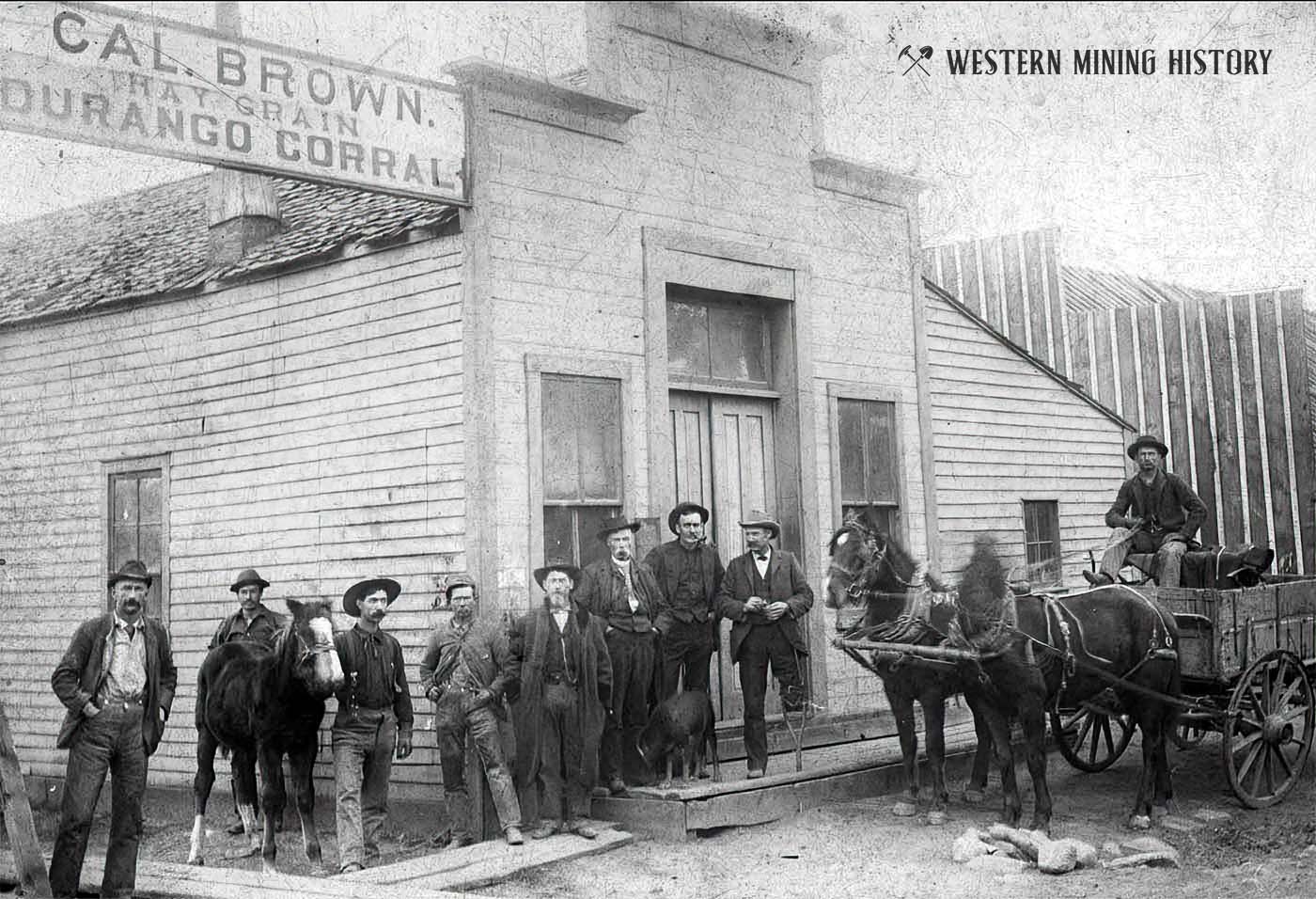
As founder and president of the D&RG, former Civil War General William Jackson Palmer had already successfully founded the city of Colorado Springs on the front range of Colorado. In September of 1880, his railroad began working to establish the new town. Palmer’s friend, former Territorial Governor Alexander C. Hunt, visited the budding city and likened it geography to that of Durango, Mexico. Palmer appeased Hunt by naming the new railroad city Durango.
Durango, A Brand New Town
In October of 1880, The Weekly Gazette described the new town of Durango:
Highlanders Descending from their Crags to Winter in Durango.
The new town of Durango is the Mecca now at the San Juan, inhabitants who are now fleeing from the cold and snow. People are coming in every day and the sound of the saw and hammer continues far into the night. Houses are springing up as if by magic and everyone is enthusiastic over the prospects of prosperity.
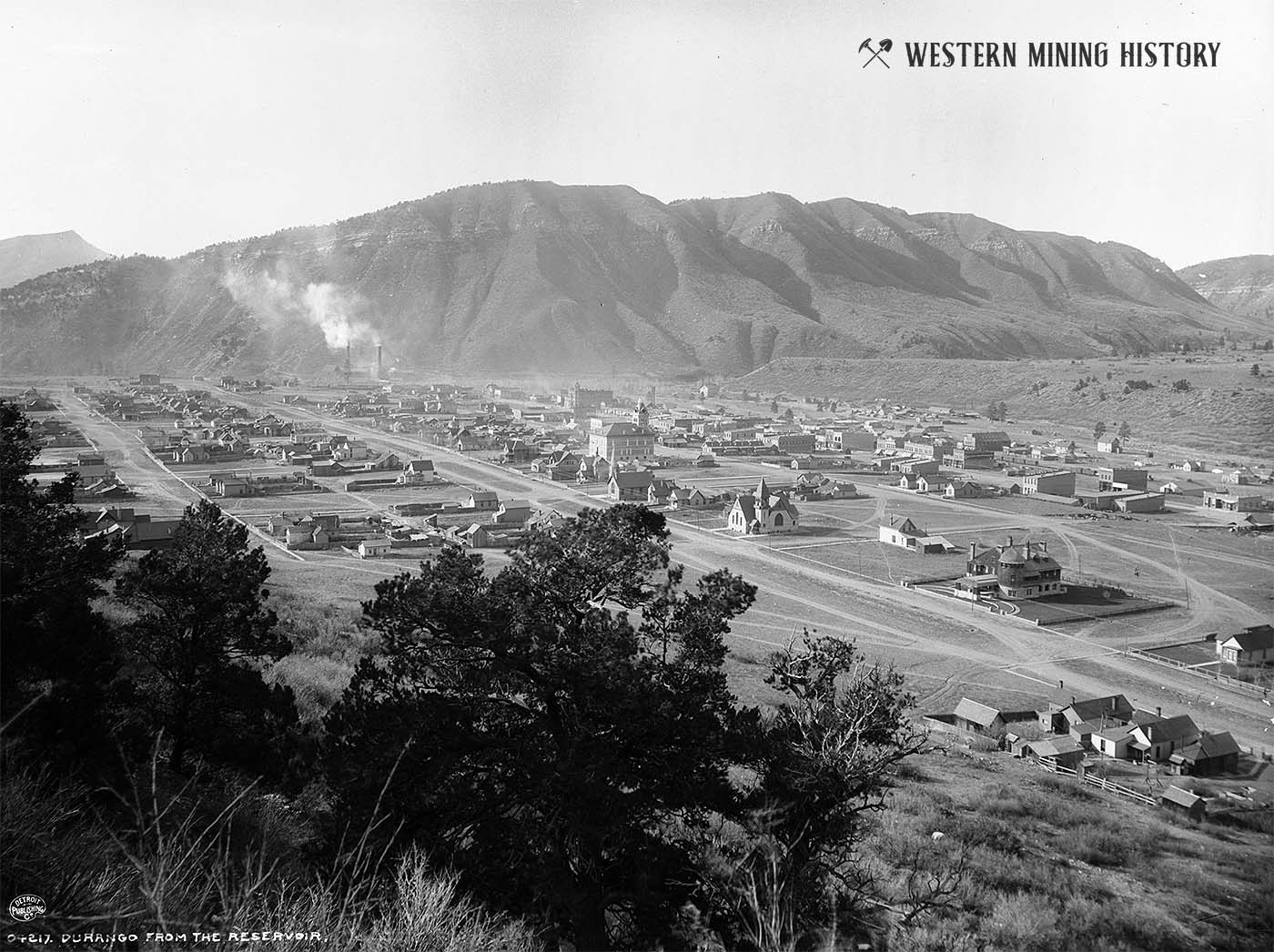
Four blocks are reserved in the centre of the town as the fire district and only brick and stone houses are permitted. Over thirty thousand dollars of lots have been sold and still the rush continues. The cold weather is driving people from Silverton, Rico, and other points in the mountains.
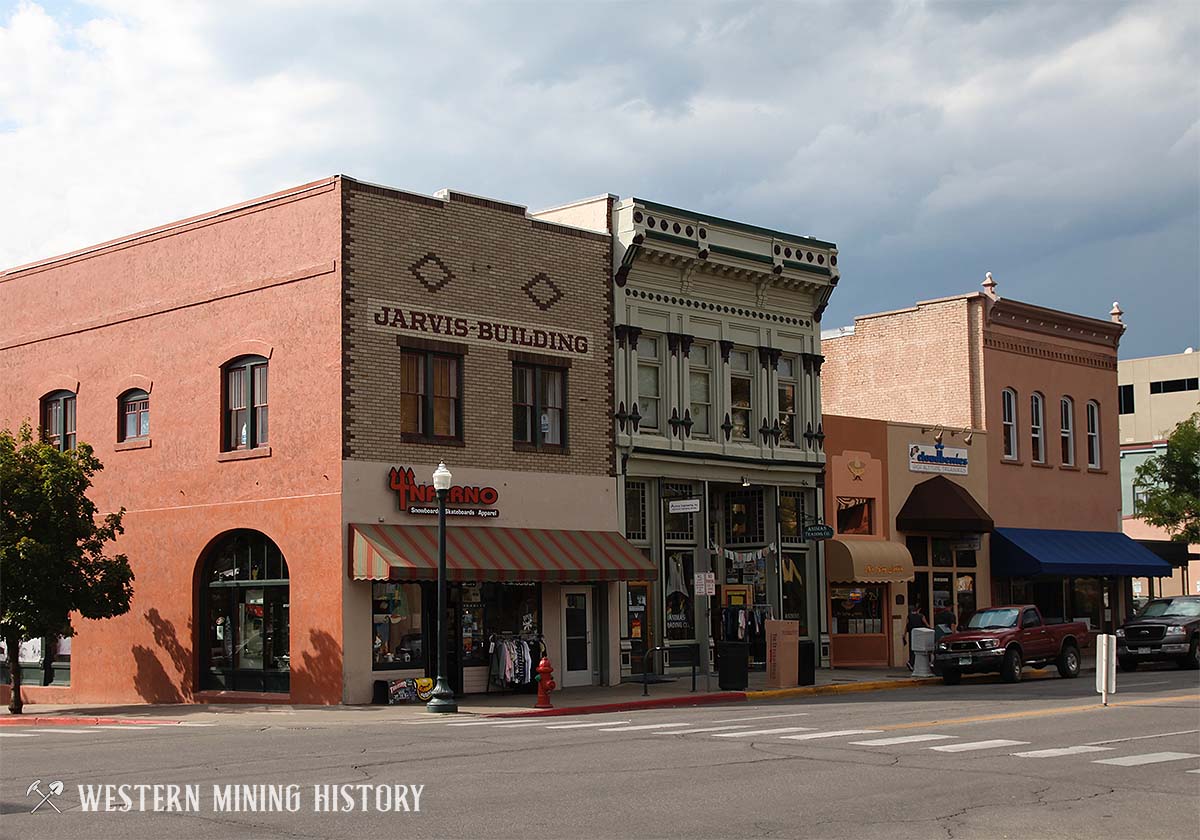
The town site of Durango is beautifully located in a wide valley, and almost entirely surrounded by low mountains which shelter it from the storms which make the rest of the San Juan country so disagreeable in winter. This will be the outlet for the miners at Silverton, Ouray, San Miguel, Rico, Needle Mountains, Parrot City, and Junction Creek. Three smelters are soon to be ready to reduce the ore. The largest smelter at Silverton is being taken down and will be erected here before next spring.
Durango, A Boomtown
The 1880 article about Durango had ended with commentary about how the “saloons of course are the first on the ground and are doing a big business,” as well as the dance halls that were “in the course of erection.” Bawdy entertainment would slowly but surely become big business in Durango.

By 1885, there were seven hotels, eleven shops, two bakeries and two blacksmith shops running full tilt; the following year, thirteen saloons were operating within a two-block radius on 1st Street. A bevy of soiled doves had joined them. Among them was Bessie Rivers, Durango’s reigning madam who called the city home right up until her death in 1937.
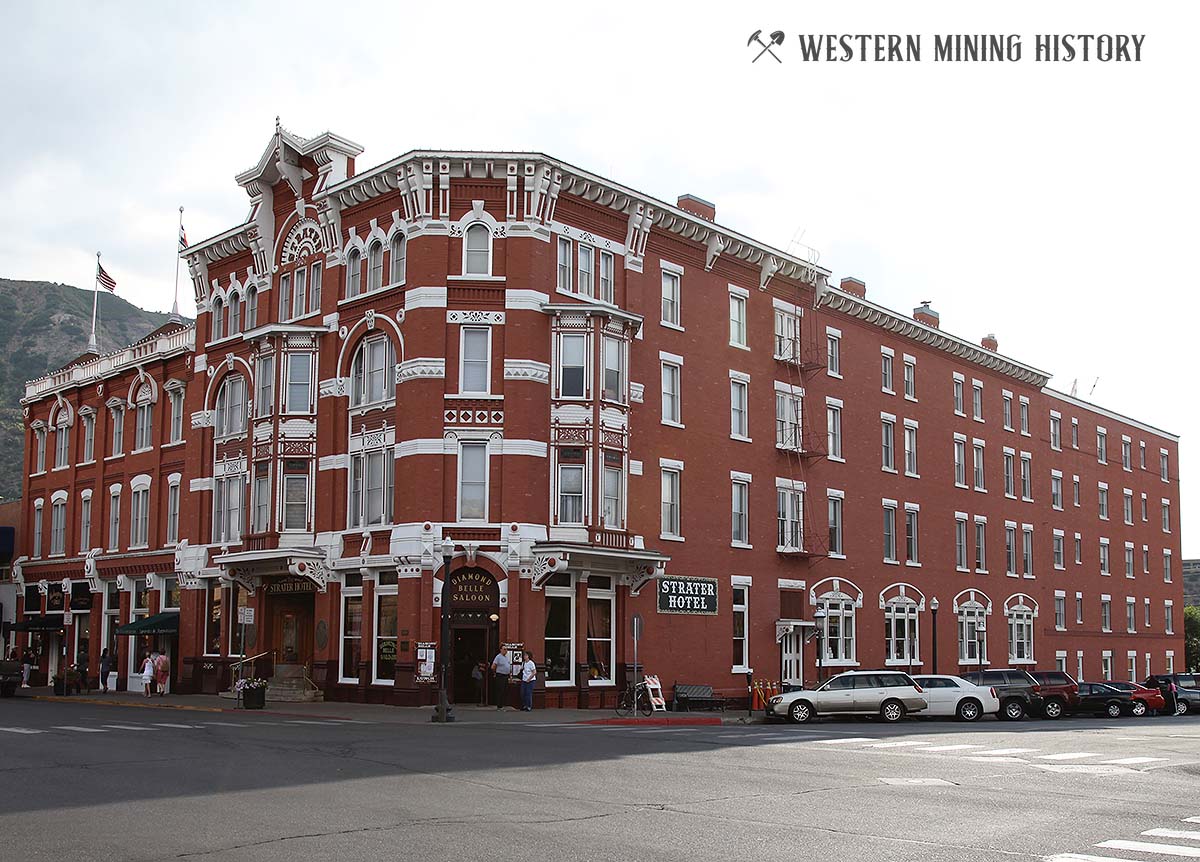
In 1889, a fire started at a fruit and candy store at Main Avenue and 10th Street. Lost was the City Hall and fire station with its brand new water pumper wagon, the new library, the La Plata County Courthouse, three churches and numerous homes – seven blocks in all. The city was able to rebuild as a second railroad, the Rio Grande Southern, was built through town. As of the 1890’s, Durango was well-known as a central smelting center, with mines from all over the region shipping their ore into town.
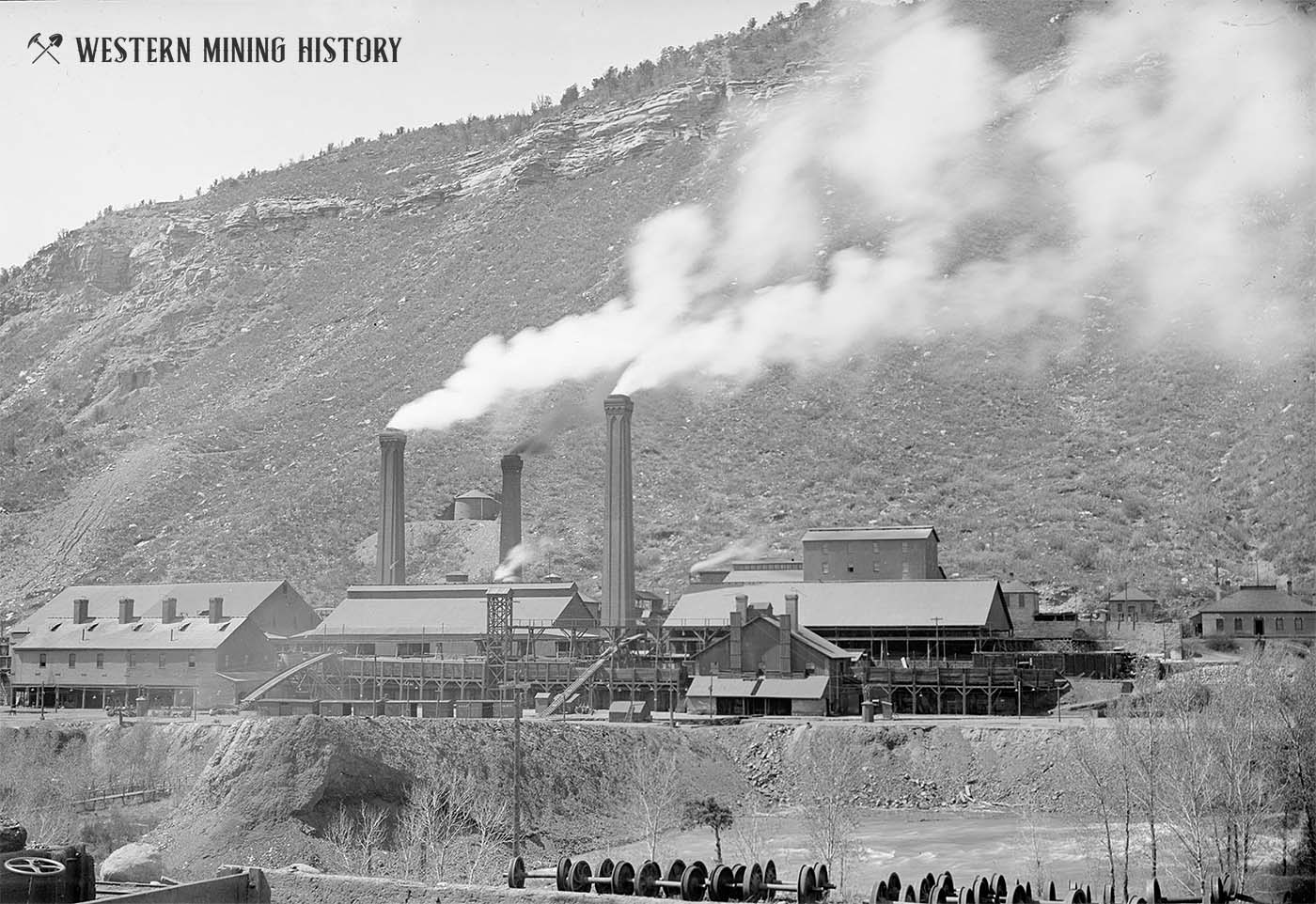
By the turn of 1900, Durango was booming – not just as a railroad and mining mecca, but also as a tourism destination. With the beautiful Animas River meandering through town, fancy hotels and restaurants, an ancient hot springs and numerous saloons and gambling houses, visitors enjoyed what Durango had to offer in the way of hospitality. The city has flourished as a popular tourism destination ever since.
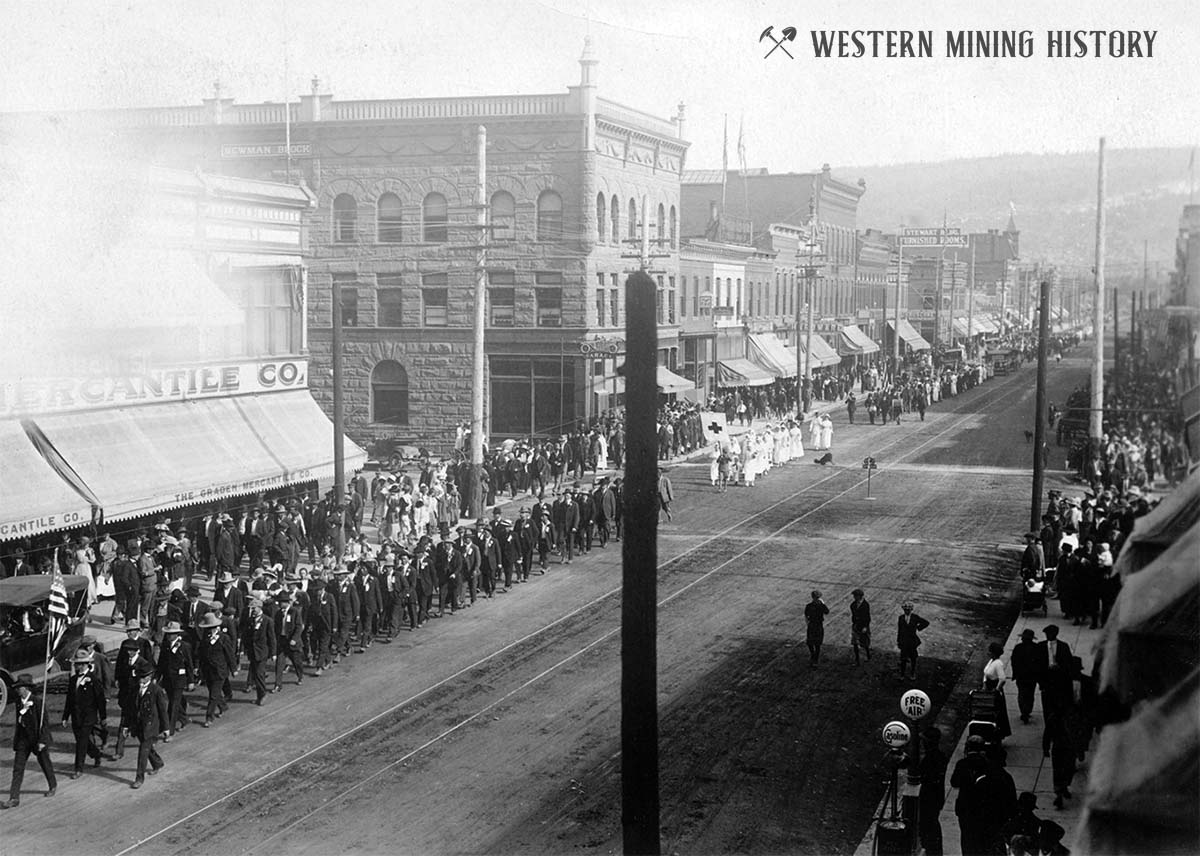
Modern Durango
Over the last century and a half, Durango has seen a few changes. The coming of automobiles, the Great Depression, and World War II all hurt the D&RG’s operations, and the Rio Grande Southern lost its much-needed mail contract in 1951. But because the D&RG’s rail service to Silverton was so scenic, the railroad survived as a grand tourist attraction, known today as the Durango & Silverton Narrow Gauge Railroad.
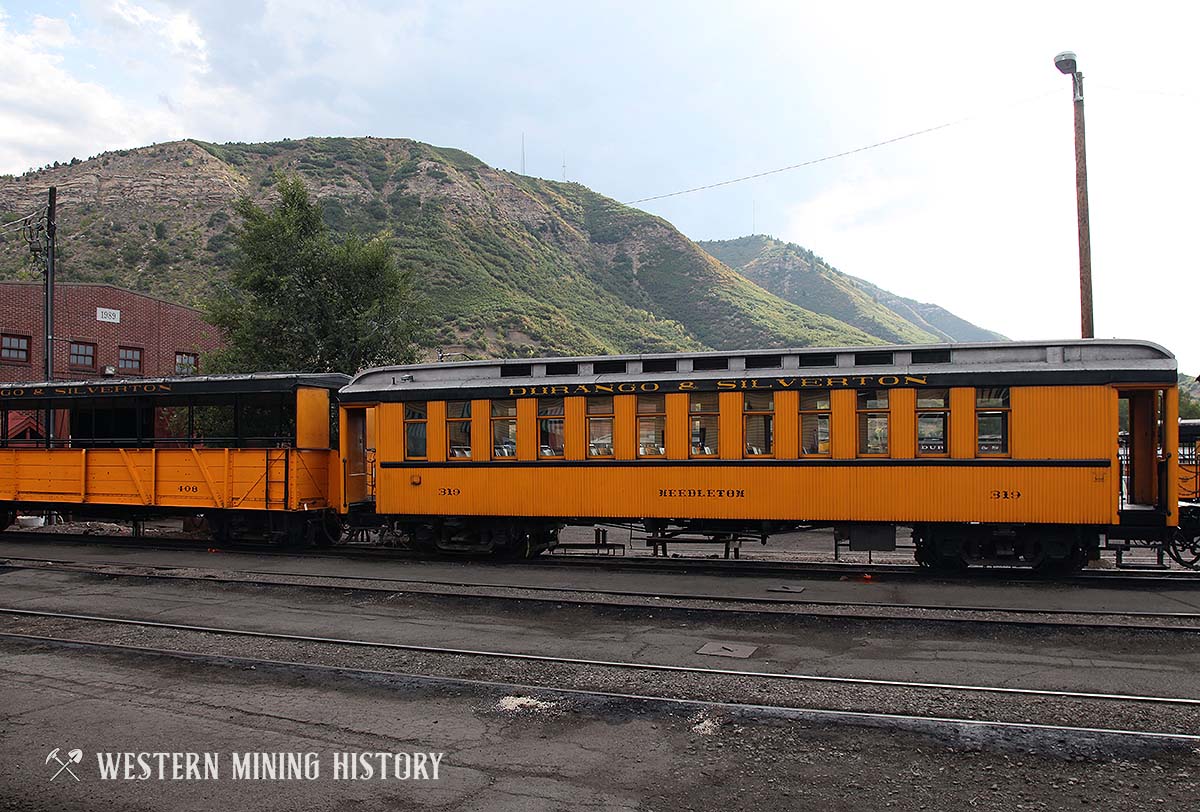
Durango also has nine museums and several historic buildings, including the majestic 1887 Strater Hotel. Mesa Verde National Park is just an hour away, making Durango the perfect stop for visitors wanting to learn about mining and southern Colorado history.
A Tour of Colorado Mining Towns
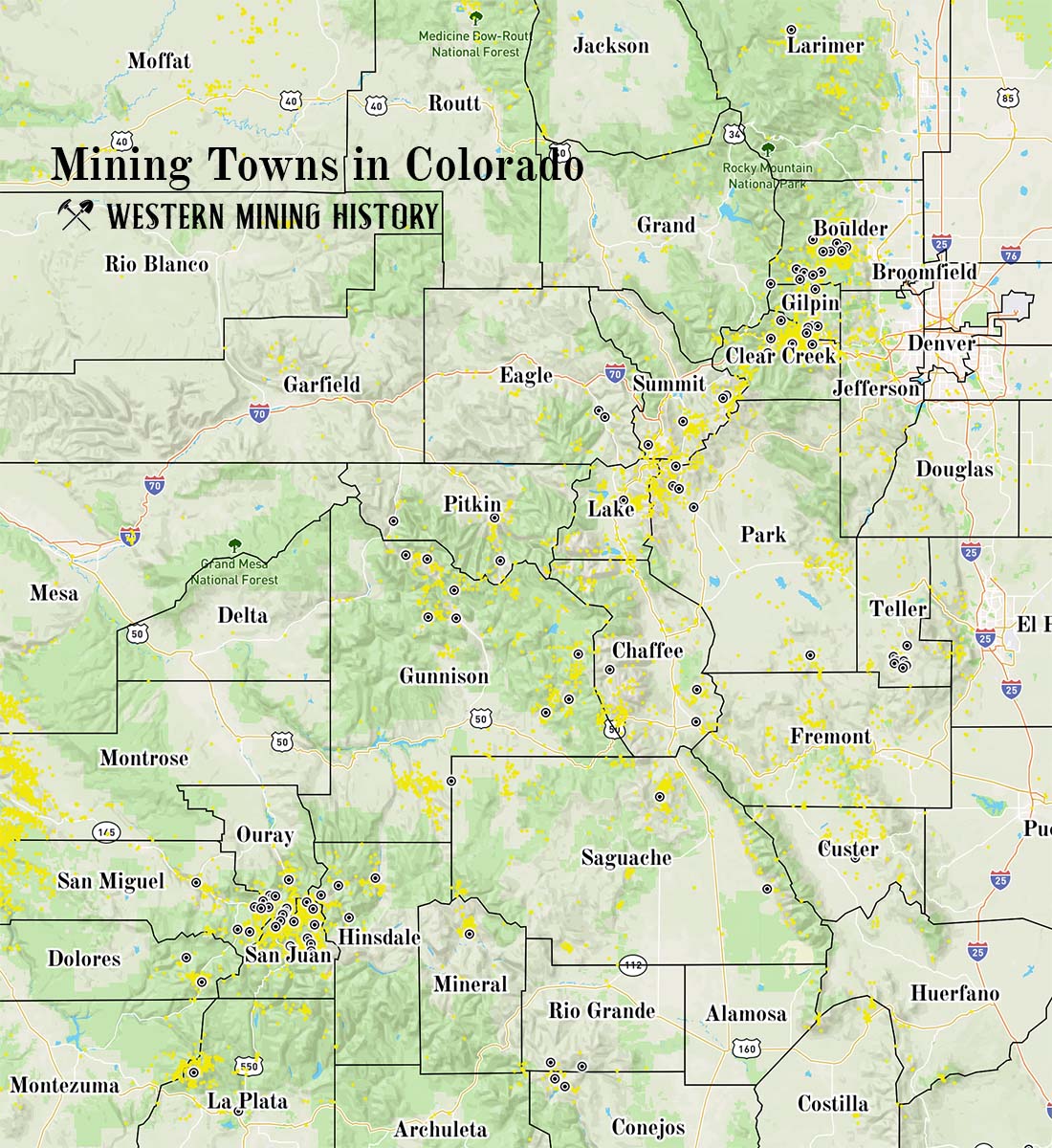
Explore over 100 Colorado mining towns: A tour of Colorado Mining Towns.
Colorado Mining Photos
More of Colorado's best historic mining photos: Incredible Photos of Colorado Mining Scenes.
